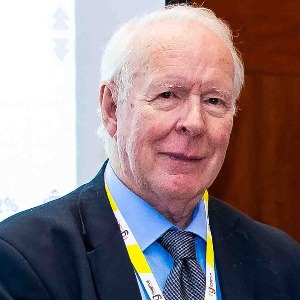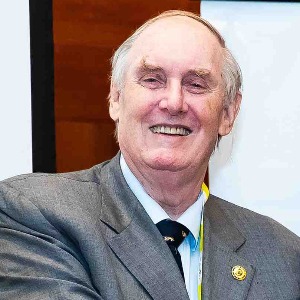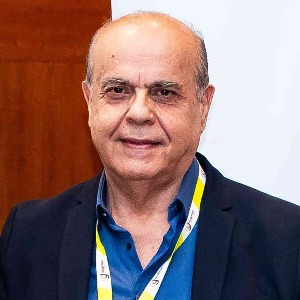Regenerative Dentistry
Regenerative dentistry is an emerging field of dental science focused on restoring damaged tissues, including both hard and soft tissues, to improve oral health. This rapidly-growing area of research utilizes biological principles to repair damaged, diseased, or destroyed oral tissues. One common example of regenerative dentistry is through stem cell therapy. Stem cells have the capability to differentiate into other types of cells or tissues. They can be collected from the patient's own healthy gums, or they can be obtained from a donor, such as a bone bank or umbilical cord blood. These stem cells have the ability to create new bone and tooth tissue. These therapies have been used to treat craniofacial and dental defects in children and adults and can sometimes even be used in conjunction with other treatments such as implantation or orthodontic treatments. Regenerative dentistry is also used to create artificial bone and dental tissues through bioceramic technology. Bioceramics are composed of synthetic or natural components and can be customized to enter the damaged area and repair and regenerate the tissue. Another example of regenerative dentistry is through laser dentistry. Laser therapy can reduce inflammation, promote healing, clean teeth and gums, and remove bacteria that can cause gum disease. Laser therapy can also be used to reshape hard tissue such as bone. Regenerative dentistry is quickly becoming a promising field within dentistry. This field of study has the potential to significantly improve dental health, and provide patients with new techniques for tissue regeneration. As research continues in the area of regenerative dentistry, it is expected that new methods and treatments will be developed to allow dentists to provide better results for their patients.

David Geoffrey Gillam
Queen Mary University of London, United Kingdom
Christopher Turner
Spacemark Dental, United Kingdom




Title : Evaluating hygienist follow up for head and neck oncology patients in secondary care: Results from a two cycle audit
Peter Basta, Newcastle Dental Hospital, United Kingdom
Title : Atypical facial pain unravelled
Christopher Turner, Spacemark Dental, United Kingdom
Title : New treatment of temporomandibular disorder through muscle balance and muscle regeneration by activation of quiescent muscle stem cells( satellite cells) with mitochondrial dynamics
Ki Ji Lee, National Reserach Foundation & Busan Medical University, Korea, Republic of
Title : MRONJ and ORN: Referral or management in primary care? Navigating guidelines in the context of long waiting lists
Alisha Sagar, NHS England, United Kingdom
Title : Managing the unexpected: An Insight into supernumerary teeth
Bahar Gharooni Dowrani, Guy's and St Thomas' NHS Foundation Trust, United Kingdom
Title : Laxative prescribing for post operative head and neck cancer patients at Derriford Hospital
Pui Sze Kylie Li, Cardiff and Vale University Health Board, United Kingdom